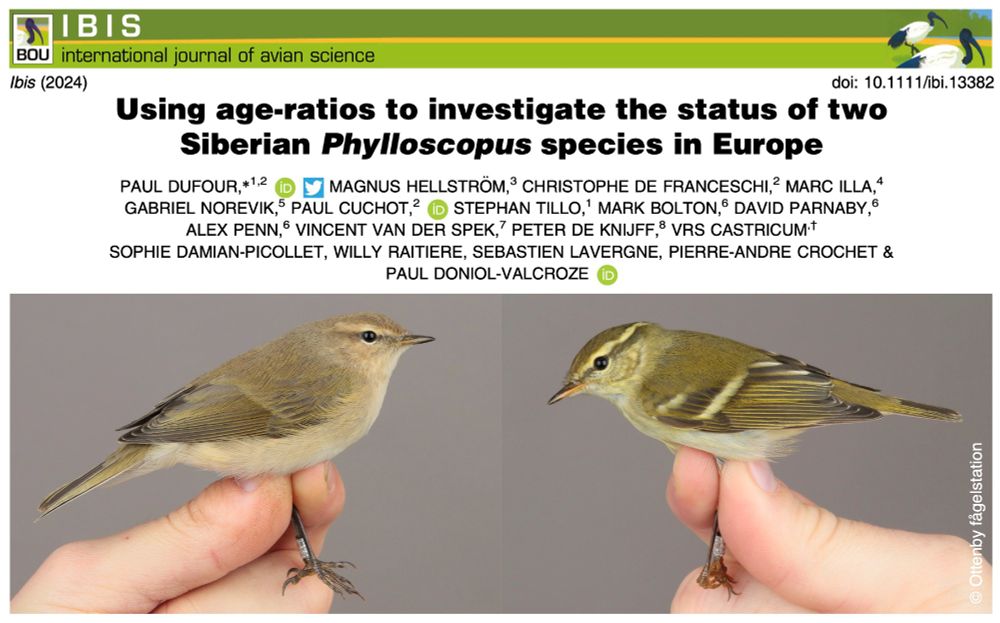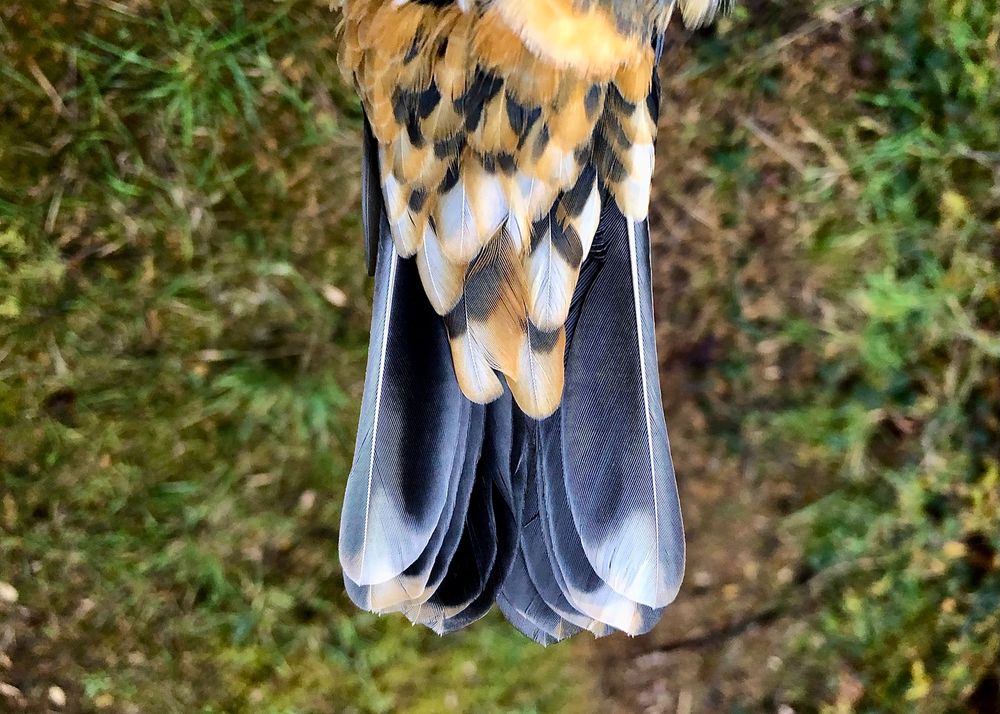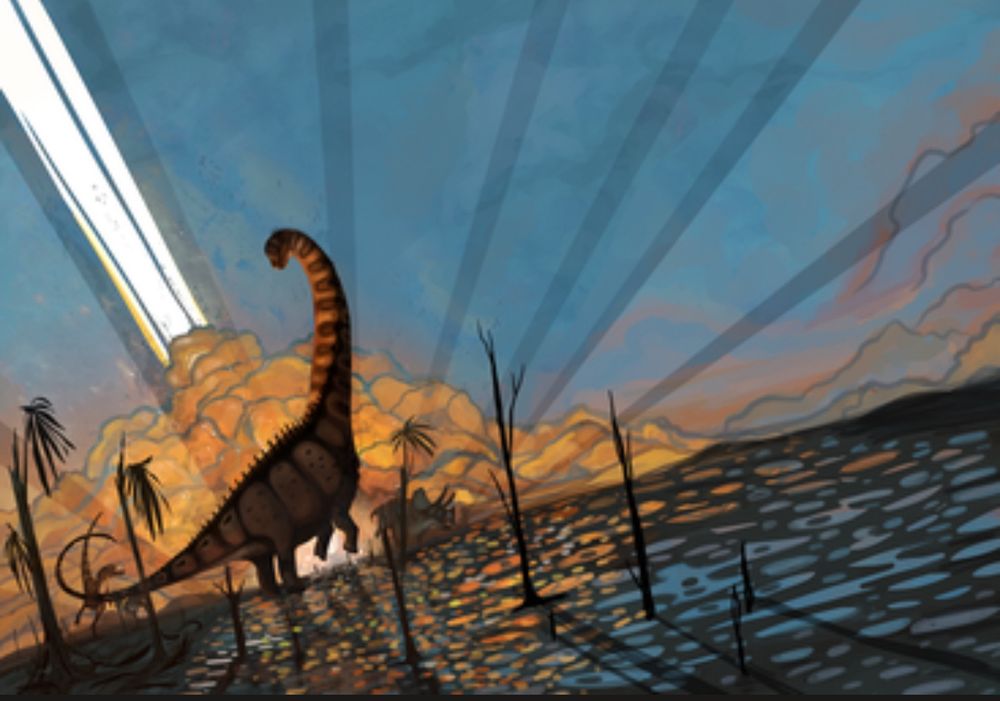
Interested in the evolution of bird movements and how they can influence evolutionary processes
https://pauldufour80.wordpress.com/

yawak.jp/PhyloWeaver/
Load a Newick file and intuitively add/remove/resize branches.
Useful for quick conceptual trees, extracting subtrees, or turning ideas into Newick.

yawak.jp/PhyloWeaver/
Load a Newick file and intuitively add/remove/resize branches.
Useful for quick conceptual trees, extracting subtrees, or turning ideas into Newick.


🦉🧪@journal-evo.bsky.social
academic.oup.com/evolut/advan...


🦉🧪@journal-evo.bsky.social
academic.oup.com/evolut/advan...





Using @euring.bsky.social ringing data, we investigated “Phenological plasticity and its temperature-related drivers in common songbirds across Europe.” #Ornithology
onlinelibrary.wiley.com/doi/10.1111/...







onlinelibrary.wiley.com/doi/10.1111/...
@emmamarjakangas.bsky.social @andreasantangeli.bsky.social @ebcc.info

onlinelibrary.wiley.com/doi/10.1111/...
@emmamarjakangas.bsky.social @andreasantangeli.bsky.social @ebcc.info
shorturl.at/WA1Qa
Would appreciate a re-post!
@evoldir.bsky.social

shorturl.at/WA1Qa
Would appreciate a re-post!
@evoldir.bsky.social
www.cell.com/current-biol...
On the cover, a male Victoria's riflebird doing his best to dazzle a female (or screaming at the white blob?)
Paper & dispatch here👇
www.cell.com/current-biol...
www.cell.com/current-biol...

www.cell.com/current-biol...
On the cover, a male Victoria's riflebird doing his best to dazzle a female (or screaming at the white blob?)
Paper & dispatch here👇
www.cell.com/current-biol...
www.cell.com/current-biol...
But how are these egg types inherited, and could this drive speciation? We sequenced hundreds of genomes to find out!
doi.org/10.1126/scie...
🧵1/6

But how are these egg types inherited, and could this drive speciation? We sequenced hundreds of genomes to find out!
doi.org/10.1126/scie...
🧵1/6
Our study found that wind patterns and time since evolutionary origin best explain the extratropical peak in breeding species richness of these remarkable seabirds. 🐦💨
onlinelibrary.wiley.com/doi/10.1111/...

Our study found that wind patterns and time since evolutionary origin best explain the extratropical peak in breeding species richness of these remarkable seabirds. 🐦💨
onlinelibrary.wiley.com/doi/10.1111/...
#RareBirdsUK
#BirdingScotland
#OrkneyBirding

#RareBirdsUK
#BirdingScotland
#OrkneyBirding
A short stay on Corvo finally turned into a long one due to a plane issue for almost a week.. While extra days were slow, first days were exciting: best was finding the 2nd Ruby-crowned Kinglet (8th WP), plus some nice extra species (Cape May, Protho & Magnolia Warblers) 🪶




A short stay on Corvo finally turned into a long one due to a plane issue for almost a week.. While extra days were slow, first days were exciting: best was finding the 2nd Ruby-crowned Kinglet (8th WP), plus some nice extra species (Cape May, Protho & Magnolia Warblers) 🪶

Art: @nataliajagielska.bsky.social
🔗 www.science.org/doi/10.1126/...

Art: @nataliajagielska.bsky.social
🔗 www.science.org/doi/10.1126/...
Interested in bird migration & genomics? 🧬🐦
Use whole-genome data to trace the recent colonization of Ouessant Island by Blue Tits and explore how irruptive migratory events can shape colonization dynamics. Please share! #ornithology
www.vogelwarte.ch/de/wir/mitar...

Interested in bird migration & genomics? 🧬🐦
Use whole-genome data to trace the recent colonization of Ouessant Island by Blue Tits and explore how irruptive migratory events can shape colonization dynamics. Please share! #ornithology
www.vogelwarte.ch/de/wir/mitar...
The work will focus on the question of how and when migratory songbirds learn where their home is using #Motus.
Part of the Cluster of Excellence NaviSense and linked with @sfb1372.bsky.social
uol.de/job788en
#ornithology



How does genetic architecture constrain evolutionary trajectories? To address this question, we inferred the genetic architecture of convergent plumage coloration and its evolutionary history in wheatears.


